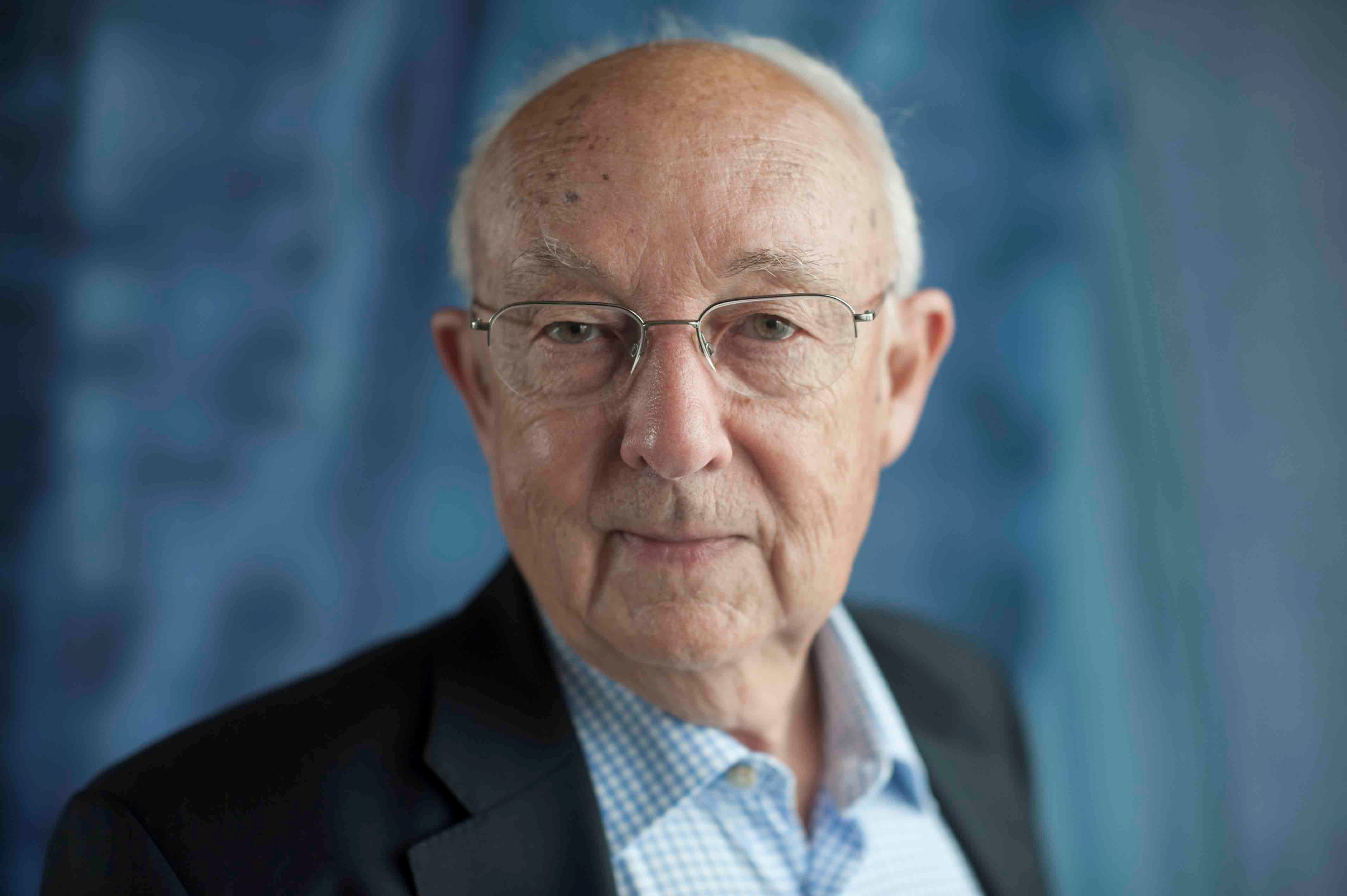Robert Guillaumont
- Chimie
- Comité Sciences de l'environnement
- Comité de prospective en énergie
- Comité histoires des sciences et épistémologie
- Comité science et biosécurité
Elected correspondent on April 13, 1987, then member on November 18, 2003
Section: Chemistry

- Comité Sciences de l'environnement
- Comité de prospective en énergie
- Comité histoires des sciences et épistémologie
- Comité science et biosécurité
- Chimie
Biography
Robert Guillaumont began his research by identifying the chemical species of protactinium, Pa (Z = 91), in aqueous solutions. He showed that at oxidation state 5, they are all formed around the Pa=O unit (except in hydrofluoric media) and that in species at oxidation state 4, protactinium has the 5f1 electronic structure. This was the first proof that 5f electrons appear in the protactinium atom and that this element is the head of the series of 5f elements with Z > 91, included in the actinide series (Ac to Lr). Pa(V) behaves like a "6d" element, Pa(IV) behaves like a "5f" element. These dual results were later confirmed, notably by X-ray absorption spectroscopies, methods more powerful than the optical spectroscopy of the time, and by calculations according to several theories.
He continued and extended, with his radiochemist colleagues, his research on actinide chemistry in solution to highlight the influence of the settlement of the relativistic 5f sublayer on the thermodynamic properties of the species of these elements. To this end, he measured the formation constants of series of complexes M(IV) - Th to Pu- or M (III) - Am to Fm- in which M has a 5fq structure. These studies were carried out at very low element concentrations to avoid polymer formation, and because beyond curium, Bk, Es and Fm isotopes had to be synthesized by nuclear reactions at particle gas pedals and separated from irradiated targets, which he did at Orsay. To conduct most of his research, he developed the methodology for studying speciation equilibria in extremely dilute solutions (made possible by radioactivity down to around 10-14 M), and took theoretical steps to describe the thermodynamic behavior of a few atoms in terms of deviation from the law of mass action. These developments provided the basis for chemistry experiments on 6d elements (Z>103), produced atom by atom by radiochemists at heavy-ion gas pedals. In these studies, he demonstrated the existence of the "tetrad effect" for trivalent actinide complexes, which reflects an extra-stabilization of the actinide ground state for 1/4, 1/2 and 3/4 of the filling of the 5f sublayer. This is more pronounced than for the lanthanide series (element 4f), which he has also measured, with radioactive isotopes of these elements to perform simultaneous measurements.
In parallel, he has been involved in studying the influence of the 5fq structure on the spectroscopic properties of M4+ ions - Pa to Np - in single-crystal solid phases at 4 K°. This gives access to a comparison of crystal field effects. He has also investigated, experimentally and semi-theoretically, the electronic transfers of elements 5f (and 4f) in two-phase solvent extraction systems, giving insights into the covalency of chemical bonds in the species present in the phases. Studies on these subjects were developed by molecular modeling by other researchers.
Finally, after 1990, it was on the fundamental problems of radionuclide migration in the environment (speciation, concentration effect, retention on colloids) and selective actinide/lanthanide separations from irradiated nuclear fuel elements that he completed his research. These areas of research were opened up by the need to find a solution to the management of long-lived high-level radioactive waste by geological disposal or transmutation.
R. Guillaumont's research themes are upstream of the many chemistry/radiochemistry problems encountered in "nuclear power": actinide chemistry from uranium to curium in the various stages of nuclear fuel cycles and radioactive waste management.
He has published over 250 scientific papers, popular articles and written several books (see CV and list of publications)
--> The list of his publications
Page last updated: August 5, 2025